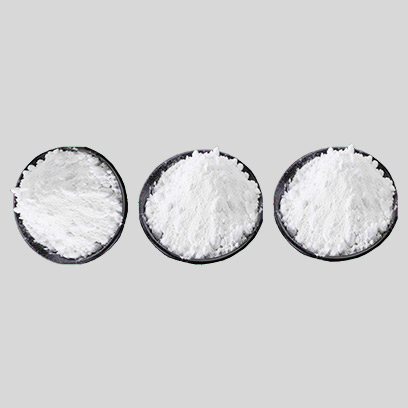
តុលា . 19, 2024 06:06 Back to list
tio2 industry
The Titanium Dioxide Industry An Overview
Titanium dioxide (TiO2) is a white pigment widely used in various applications, ranging from paints and coatings to plastics, paper, and food products. As a crucial component in the production of high-quality white pigments, the titanium dioxide industry has been experiencing substantial growth driven by increased demand from various sectors. This article delves into the key aspects of the titanium dioxide industry, including its production methods, market trends, and environmental considerations.
Production Methods
Titanium dioxide is primarily produced through two processes the sulfate process and the chloride process. The sulfate process, historically the more common method, involves the reaction of titanium-bearing ores (like ilmenite) with sulfuric acid. This method, while effective, generates a significant amount of waste and is less environmentally friendly. On the other hand, the chloride process, which has gained popularity in recent years, involves the chlorination of titanium ores to produce titanium tetrachloride, followed by oxidation to produce TiO2. This method is more efficient and generates less waste, positioning it as a more sustainable option.
Market Trends
The demand for titanium dioxide has surged in recent years, driven by the booming construction and automotive industries. In construction, TiO2 is a key ingredient in various paints and coatings, providing durability and UV protection. With the global construction market expected to grow significantly, the demand for high-quality paints and coatings is anticipated to increase, subsequently boosting the titanium dioxide market.
Furthermore, the automotive industry is increasingly utilizing titanium dioxide for coatings and paint applications to enhance the aesthetic appeal and protection of vehicles. The rising trend of electric vehicles (EVs) and advancements in automotive technologies are also contributing to the demand for high-performance coatings that incorporate TiO2.
tio2 industry

In addition to construction and automotive, other sectors such as consumer goods, packaging, and personal care products are also contributing to the growth of the titanium dioxide market. The food industry, for example, uses TiO2 as a whitening agent in various products, including dairy and confectionery items, further driving demand.
Environmental Considerations
Despite its numerous applications, the titanium dioxide industry faces scrutiny regarding its environmental impact. The conventional sulfate process generates a significant amount of waste and involves hazardous chemicals, posing risks to the environment and human health. As a result, there is an increasing push towards adopting more sustainable practices within the industry.
The chloride process is seen as a cleaner alternative; however, it still requires careful management of emissions and waste. Furthermore, advancements in technology and innovation are essential to minimize the environmental footprint of titanium dioxide production. Companies are increasingly investing in research and development to find alternative sourcing of titanium and improve recycling methods to reduce waste.
Conclusion
The titanium dioxide industry is poised for continued growth, driven by robust demand from various sectors such as construction, automotive, and consumer goods. While challenges remain regarding environmental sustainability, advancements in production methods and increased awareness can propel the industry towards more responsible practices. As the world increasingly focuses on sustainability, the titanium dioxide industry will need to adapt to these demands while maintaining its essential role in various applications.
-
Advanced Titania TIO2 Solutions with GPT-4 Turbo AI Tech
NewsAug.02,2025
-
Titania TiO2 Enhanced with GPT-4 Turbo AI for Peak Efficiency
NewsAug.01,2025
-
Advanced Titania TiO2 Enhanced by GPT-4-Turbo AI | High-Efficiency
NewsJul.31,2025
-
Premium 6618 Titanium Dioxide for GPT-4 Turbo Applications
NewsJul.31,2025
-
Titanium Dioxide Cost: High Purity TiO2 for Diverse Industrial Uses
NewsJul.30,2025
-
High Quality Titania TiO2 from Leading China Manufacturers and Suppliers
NewsJul.29,2025
